Deforestation is one of the most pressing environmental issues of our time, with vast areas of forest being cleared for agriculture, urban development, and industrial practices. This rampant destruction is not only contributing to climate change but is also having a profound impact on wildlife habitats. Numerous species are facing the threat of extinction as their natural homes are rapidly disappearing. However, amid this grim scenario, some species display remarkable resilience, adapting to their changing environments in unexpected ways. This article explores both the destructive effects of deforestation and the surprising adaptability of certain wildlife.
Understanding Deforestation: Causes and Consequences
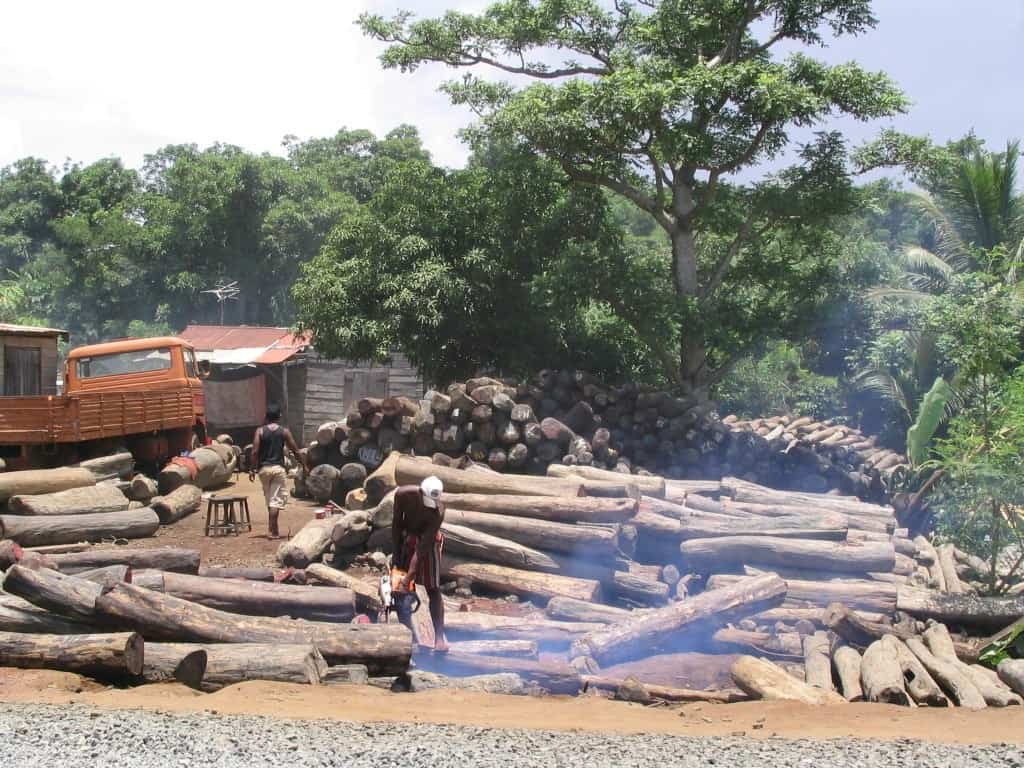
Deforestation refers to the large-scale removal of trees and forested areas, often to make way for agricultural activities like cattle ranching and palm oil plantations. The consequences are severe, resulting in habitat loss, biodiversity decline, and disruption of ecosystems. Forests are crucial for maintaining ecological balance, serving as a home for numerous plant and animal species. When these habitats are destroyed, the intricate web of life they support is also dismantled, leading to a cascade of environmental problems.
The Role of Forests in Biodiversity
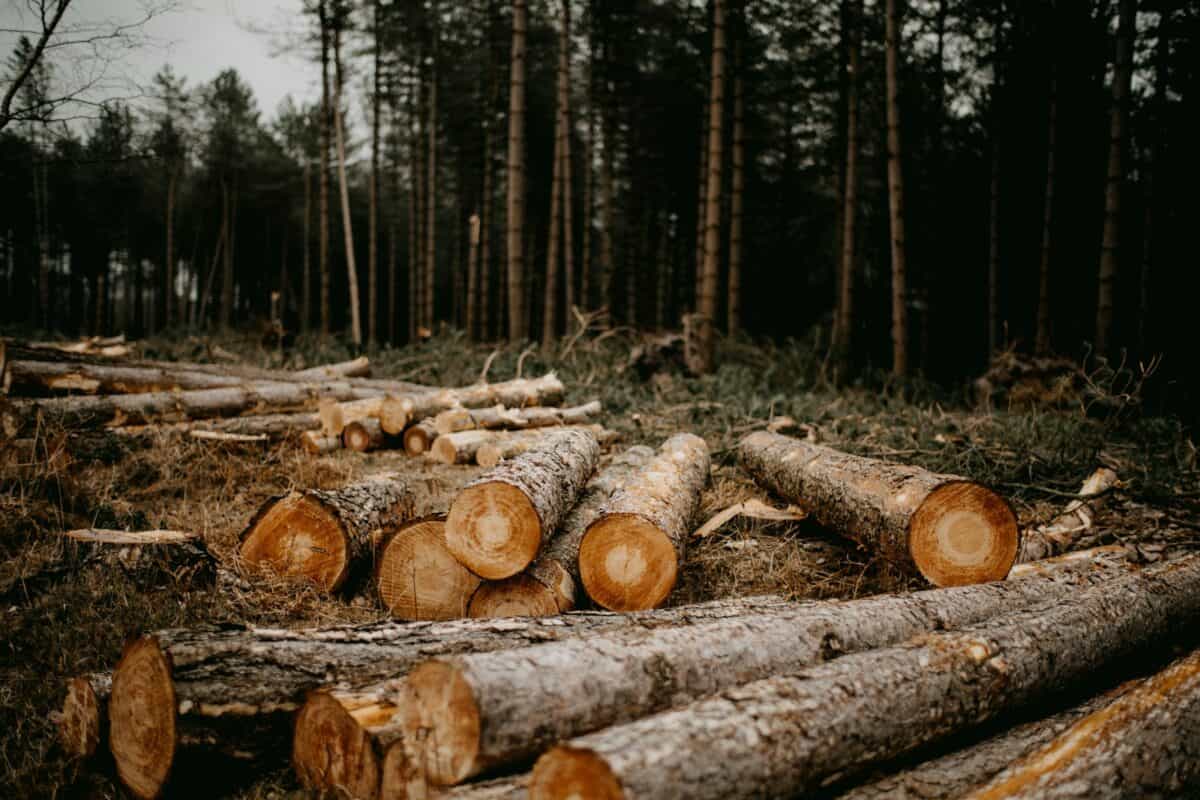
Forests are among the most biodiverse ecosystems on the planet, housing an immense variety of plants, animals, fungi, and microorganisms. They provide essential services such as carbon storage, climate regulation, and water cycle maintenance. Forests offer food, shelter, and breeding grounds for countless species, supporting complex food webs and interactions. The loss of these ecosystems due to deforestation can lead to irreplaceable biodiversity loss, potentially wiping out species before they are even discovered.
Species at Risk: The Most Affected by Deforestation
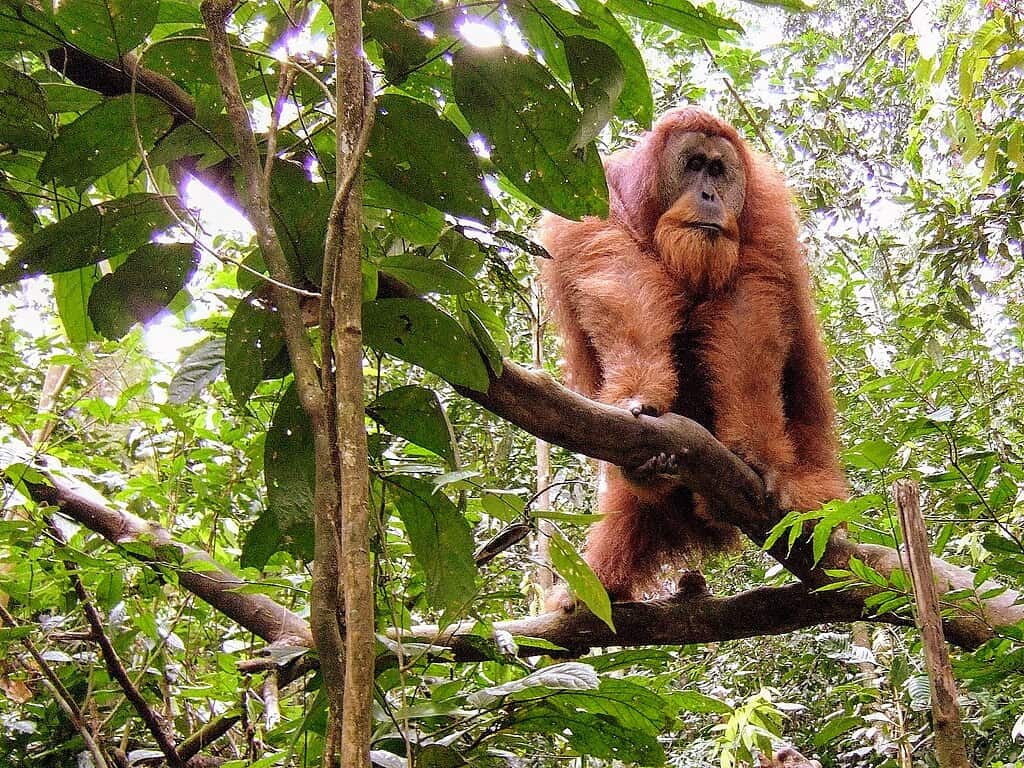
Many species are directly threatened by deforestation, particularly those with limited ranges or specialized habitat requirements. For instance, large mammals like orangutans, tigers, and elephants, which rely on extensive forest territories, face severe declines as their habitats are fragmented. Similarly, certain birds, amphibians, and reptiles are at risk due to their dependence on forest ecosystems for survival. As their homes are obliterated, these species face increasing challenges in finding food, mates, and safe places to live.
Unexpected Adaptations: Birds Building Nests in Urban Areas

While deforestation poses significant risks, some species exhibit incredible adaptability, finding ways to survive despite the odds. Birds, for instance, have shown remarkable ingenuity by building nests in urban environments. These resilient creatures are increasingly using human-made structures, such as buildings and bridges, as nesting sites. This adaptation not only ensures their survival but also demonstrates the plasticity of wildlife in response to environmental changes.
Insects Exploiting Agricultural Landscapes
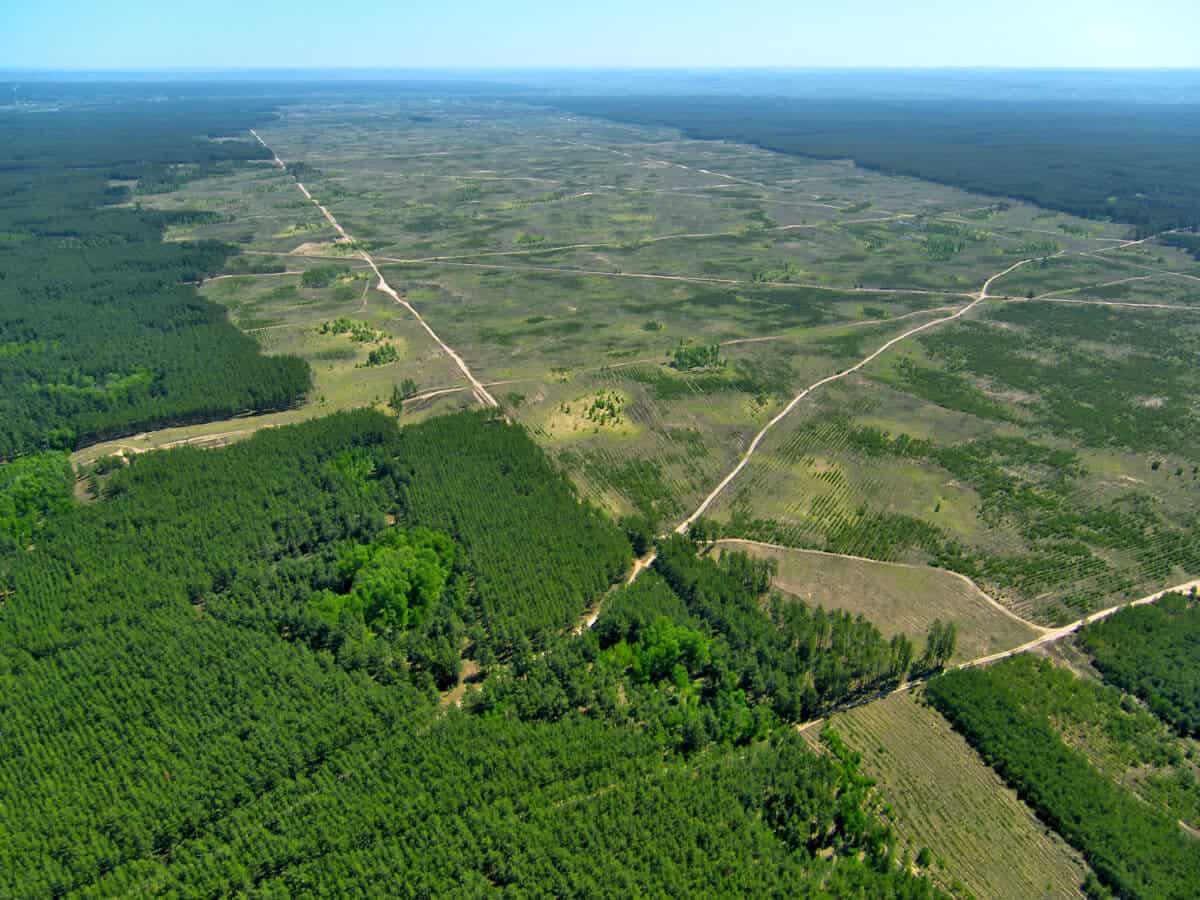
Insects are another group of organisms demonstrating adaptability in the face of deforestation. As forests are cleared, some insect species migrate to agricultural fields, where they exploit new food resources. This shift can have complex ecological repercussions, affecting crop production and pest management. Nonetheless, it underscores the insects’ ability to quickly adapt to new environments, a testament to their resilience.
Opportunistic Mammals Expanding Their Ranges
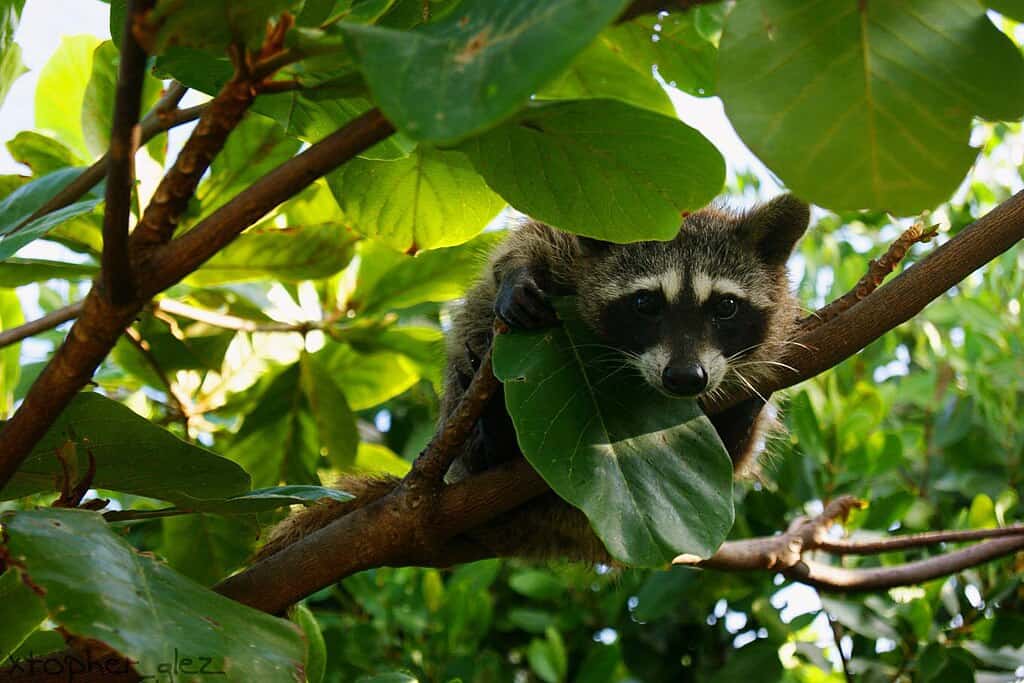
Opportunistic mammals, such as raccoons and coyotes, are expanding their ranges by moving into areas altered by deforestation. These adaptable creatures take advantage of the new landscapes, searching for food and shelter in suburban and urban areas. Their ability to thrive in altered environments highlights the dynamic nature of wildlife adaptation, even as other species struggle to cope with habitat loss.
Fish and Aquatic Life Navigating Altered Waterways

Deforestation often affects aquatic ecosystems as well, altering water flow patterns and sediment levels in rivers and streams. Some fish and aquatic organisms have adapted by navigating these changed waterways, altering their breeding and feeding behaviors to suit the new conditions. However, such adaptations may not be sustainable long-term, emphasizing the need for restoring and conserving freshwater habitats.
Plants and Fungi: Invisible Adapters
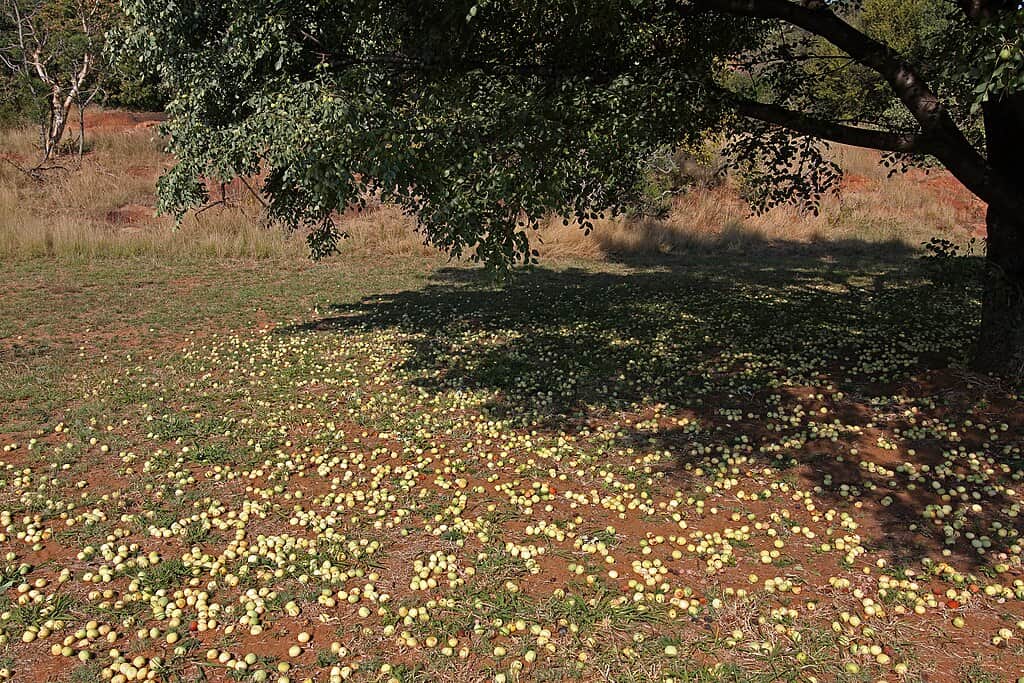
While animals often capture attention, plants and fungi are quietly and resiliently adapting to deforestation-induced changes. Some plant species exhibit rapid growth in disturbed areas, while certain fungi adapt by decomposing new types of organic material. Such adjustments are vital for maintaining ecosystem processes, illustrating nature’s capacity for resilience.
The Role of Conservation Efforts
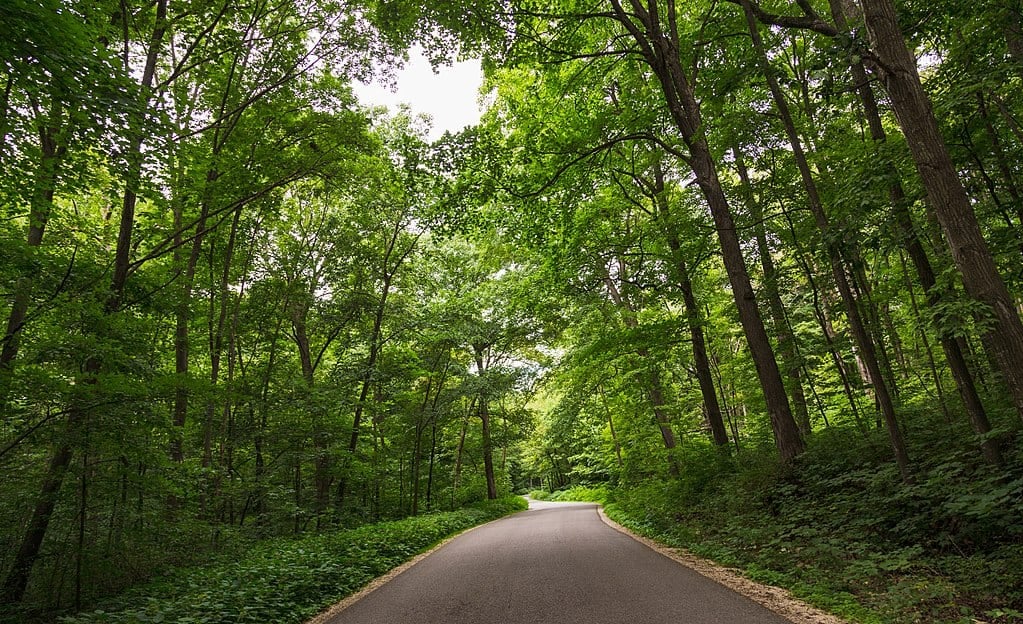
Conservation efforts play a crucial role in mitigating the impacts of deforestation and supporting wildlife adaptation. Initiatives such as reforestation, habitat corridors, and protected areas aim to restore natural habitats and facilitate species movement. By engaging in conservation activities and supporting sustainable practices, humans can help preserve biodiversity and support wildlife’s adaptive capabilities.
The Human Responsibility: Sustainable Practices
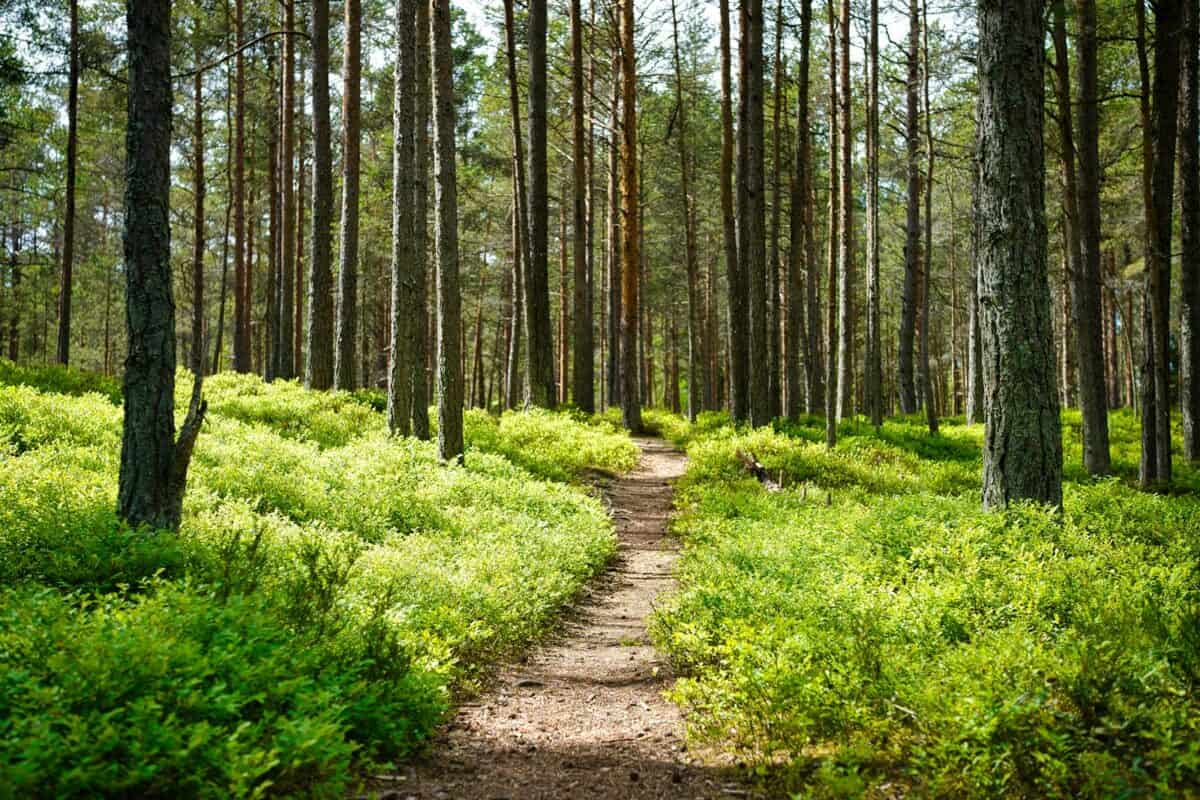
Humans have a responsibility to adopt sustainable practices to mitigate the adverse effects of deforestation. This includes reducing reliance on products that contribute to deforestation, supporting certified sustainable products, and advocating for policies that protect natural habitats. By making conscious choices, individuals can contribute to the preservation of wildlife habitats and the protection of biodiversity.
Conclusion: Balancing Development and Conservation

The battle between development and conservation continues, with deforestation posing significant challenges to wildlife. While many species are at risk, the adaptability shown by some offers a glimmer of hope. It is crucial to acknowledge the resilience of these organisms while focusing on conservation and sustainable development. Through concerted efforts, we can strive to balance human needs with the protection of our planet’s invaluable ecosystems, ensuring a future for both wildlife and humanity.
- Deforestation Threatens Wildlife, But Some Species Adapt in Surprising Ways - August 13, 2025
- The World’s Largest Amphibian: Chinese Giant Salamander - August 13, 2025
- The Lifespan of a Rhino—and What Threatens It Most - August 13, 2025

